Smart Printing Terminal: Revolutionizing the Future of Printing Technology
In today’s fast-paced, technology-driven world, businesses are constantly seeking ways to streamline operations, reduce costs, and enhance efficiency. One innovation that has been making waves across industries is the Smart Printing Terminal. This cutting-edge device is transforming the way businesses handle printing tasks, offering a seamless blend of connectivity, automation, and user-friendly features. In this blog, we’ll explore what Smart Printing Terminals are, their key benefits, and how they are reshaping industries like retail, logistics, healthcare, and more.
What is a Smart Printing Terminal?
A Smart Printing Terminal is an advanced printing device that integrates smart technology to automate and optimize printing processes. Unlike traditional printers, these terminals are equipped with features such as wireless connectivity, cloud integration, touchscreen interfaces, and compatibility with various software systems. They are designed to handle high-volume printing tasks with precision, speed, and minimal human intervention.
Smart Printing Terminals are not just printers; they are all-in-one solutions that combine printing, data processing, and communication capabilities. They can print labels, receipts, barcodes, invoices, and more, making them indispensable tools for businesses that rely on efficient and accurate documentation.
Key Features of Smart Printing Terminals
1. Wireless Connectivity
Smart Printing Terminals support Wi-Fi, Bluetooth, and NFC, enabling seamless communication with other devices such as smartphones, tablets, and computers. This eliminates the need for cumbersome cables and allows for flexible placement within a workspace.
2. Cloud Integration
With cloud-based functionality, these terminals can access and print documents stored on remote servers. This is particularly useful for businesses with multiple locations or remote teams, as it ensures consistent and up-to-date printing across the board.
3. Touchscreen Interface
The intuitive touchscreen interface makes it easy for users to navigate settings, select templates, and monitor printing tasks. This reduces the learning curve and enhances productivity.
4. High-Speed Printing
Designed for efficiency, Smart Printing Terminals can handle large volumes of printing tasks at impressive speeds without compromising on quality.
5. Customizable Templates
Businesses can create and save custom templates for labels, receipts, and other documents, ensuring brand consistency and reducing setup time.
6. Durability and Reliability
Built to withstand demanding environments, these terminals are often ruggedized to resist dust, moisture, and physical impacts, making them ideal for industries like logistics and manufacturing.
Benefits of Smart Printing Terminals
1. Improved Efficiency
By automating repetitive tasks and reducing manual intervention, Smart Printing Terminals significantly boost operational efficiency. For example, in a retail setting, employees can quickly print price tags, receipts, and promotional labels without wasting time on manual setups.
2. Cost Savings
The automation and precision of Smart Printing Terminals minimize errors and reduce waste, leading to cost savings in the long run. Additionally, their durability ensures a longer lifespan, reducing the need for frequent replacements.
3. Enhanced Accuracy
With advanced software integration, these terminals ensure that every printout is accurate and consistent. This is particularly important in industries like healthcare, where incorrect labels on medications or patient records can have serious consequences.
4. Scalability
Smart Printing Terminals are highly scalable, making them suitable for businesses of all sizes. Whether you’re a small startup or a large enterprise, these devices can grow with your needs.
5. Eco-Friendly Options
Many Smart Printing Terminals are designed with sustainability in mind, offering features like energy-saving modes and support for recycled materials. This helps businesses reduce their environmental footprint.
Applications Across Industries
1. Retail
In the retail sector, Smart Printing Terminals are used for printing price tags, receipts, and barcodes. They also support loyalty programs by printing customized coupons and promotional materials, enhancing the customer experience.
2. Logistics and Warehousing
Logistics companies rely on these terminals to print shipping labels, packing slips, and inventory tags. The ability to integrate with inventory management systems ensures real-time updates and reduces errors in order fulfillment.
3. Healthcare
Hospitals and clinics use Smart Printing Terminals to print patient wristbands, prescription labels, and medical reports. The accuracy and speed of these devices are critical in maintaining patient safety and streamlining administrative tasks.
4. Manufacturing
In manufacturing, Smart Printing Terminals are used to print product labels, assembly instructions, and quality control tags. Their rugged design makes them suitable for harsh industrial environments.
5. Hospitality
Hotels and restaurants use these terminals to print receipts, room keys, and event tickets. The cloud integration feature allows staff to access and print documents from anywhere within the facility.
The Future of Smart Printing Terminals
As technology continues to evolve, Smart Printing Terminals are expected to become even more advanced. Future developments may include:
-AI Integration: Artificial intelligence could enable predictive maintenance, automatic template adjustments, and intelligent error detection.
- Enhanced Security: With the rise of cyber threats, future terminals may incorporate advanced encryption and authentication features to protect sensitive data.
- IoT Connectivity: Integration with the Internet of Things (IoT) could enable real-time monitoring and control of printing tasks across multiple devices.
Conclusion
The Smart Printing Terminal is more than just a printer; it’s a game-changing tool that empowers businesses to operate more efficiently, accurately, and sustainably. By leveraging smart technology, these devices are addressing the pain points of traditional printing systems and setting new standards for productivity and innovation.
Whether you’re in retail, logistics, healthcare, or any other industry, investing in a Smart Printing Terminal can provide a significant competitive edge. As we move toward an increasingly digital future, embracing such technologies will be key to staying ahead of the curve.
So, are you ready to revolutionize your printing processes? The future is smart, and it starts with a Smart Printing Terminal. Recommend Leeshion's smart printer with economic price and friendly customer serivers.
No comments





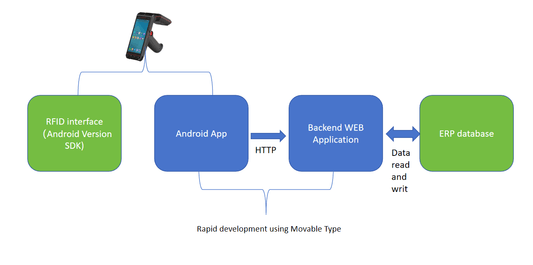
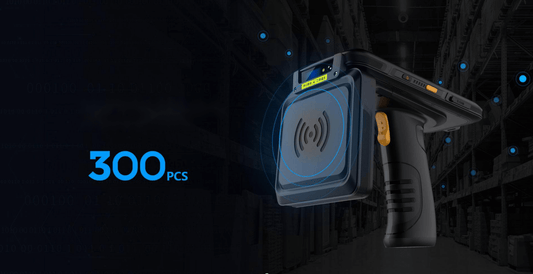

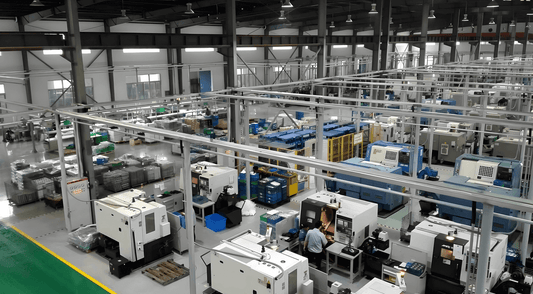
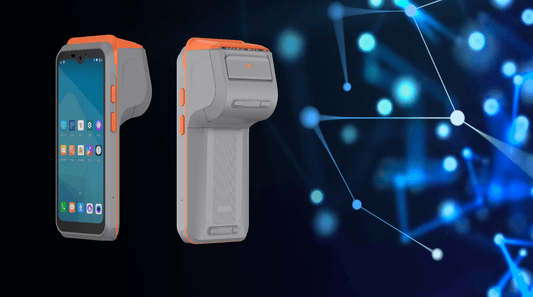
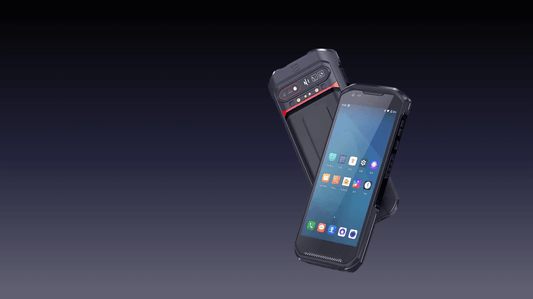
0 comments